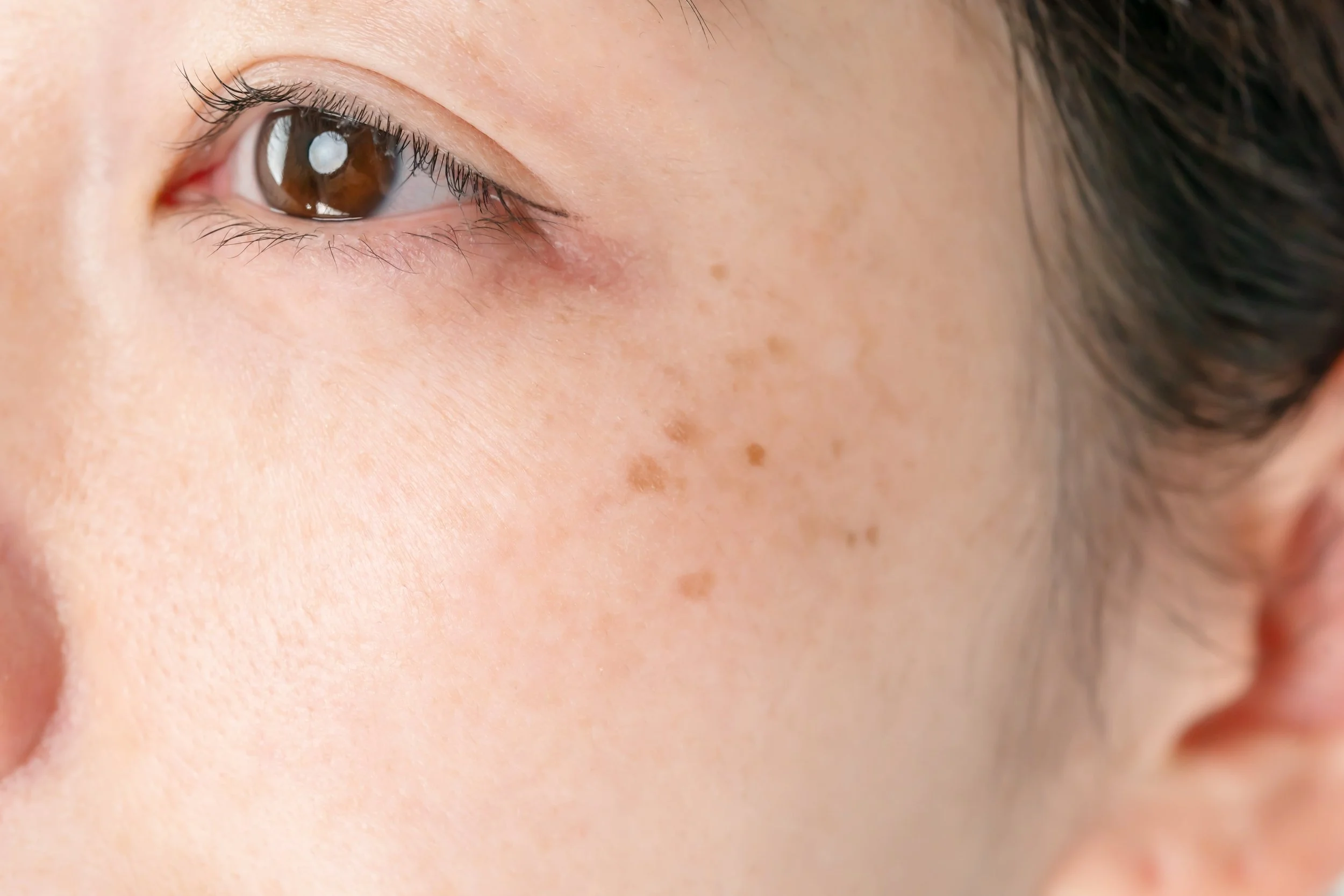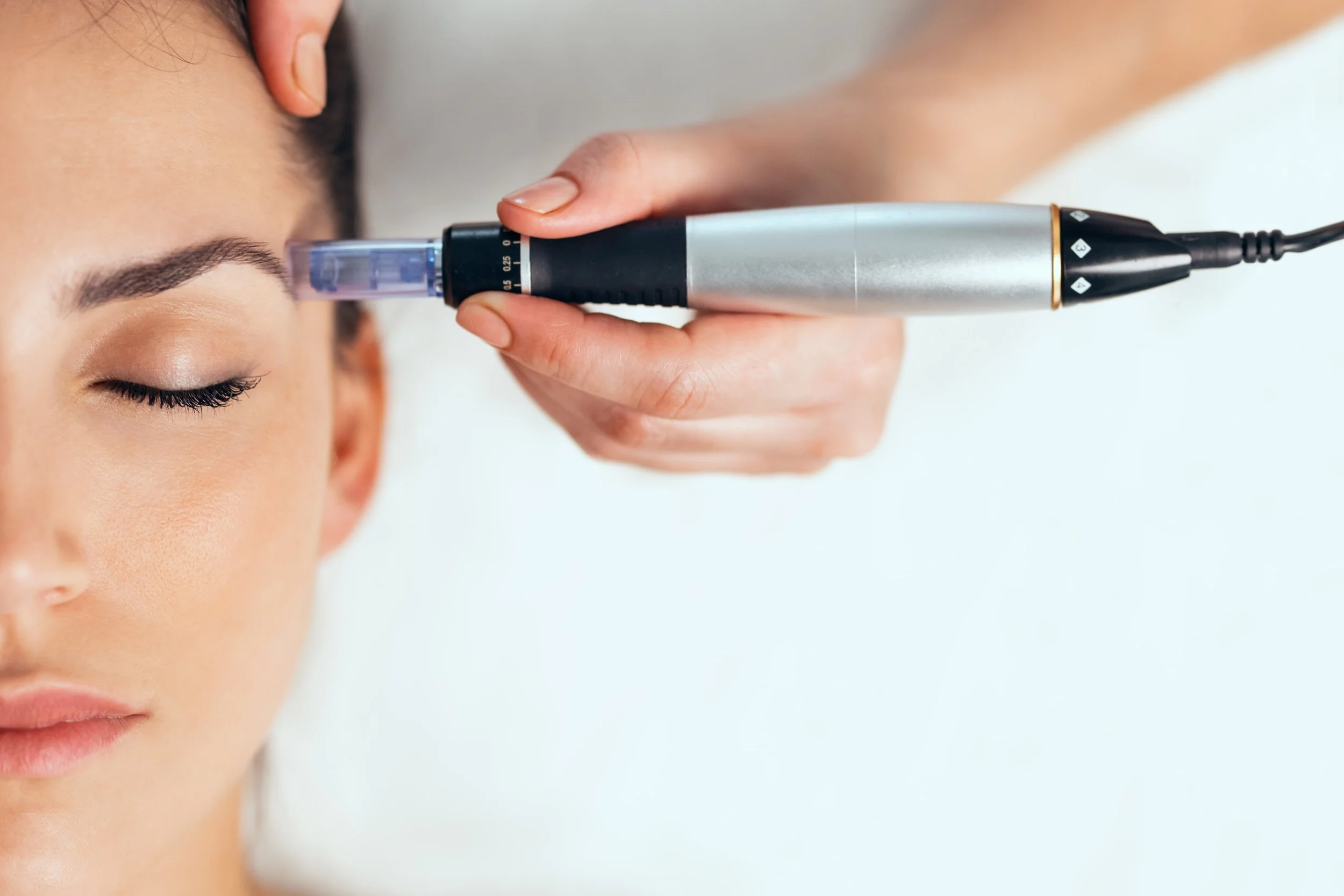LASER PIGMENTATION TREATMENT IN SWANSEA
Restore clarity and evenness to your skin with advanced pigmentation treatments at 1192 Clinic, Swansea’s trusted clinic for laser and aesthetic skincare.
Whether you’re dealing with age spots, freckles, sun damage, or uneven skin tone, our experienced team offers evidence-based solutions designed to visibly improve pigmentation using clinically backed technology — all delivered from our modern clinic inside Swansea.com Stadium.
Why Choose 1192 Clinic?
Over 20 years’ experience delivering safe and effective laser treatments
HIW Registered clinic – regulated for safety and quality in Wales
Flagship DIBI Milano salon – official stockist and advanced training partner
Exclusive treatments not widely available in Swansea
Free on-site parking & easy access via public transport
New technologies first – including RevLite® laser, Dermapen™, and DIBI Milano resurfacing
Free consultations with no pressure to commit
We use an advanced skin analyser to assess your skin in detail — including beneath the surface — so we can identify the root cause of your pigmentation and recommend the most effective, tailored treatment for your individual skin needs.
What Is Pigmentation?
Pigmentation affects everyone differently. Some marks are subtle, others more pronounced - but whether you're experiencing age spots, freckles, melasma, or sun-related hyperpigmentation, the underlying cause often traces back to melanin: the pigment that gives your skin its colour.
These pigmented lesions form when melanin becomes concentrated in specific areas, causing visible marks on the surface of the skin. While some are present from birth, many are acquired through:
Ageing
Hormonal changes
UV exposure
Inflammation or injury
Genetics
Treatments available from 1192
Advanced Pigmentation Treatments at 1192 Clinic
We offer several treatment options to improve uneven pigmentation and help restore a more uniform, brighter skin tone.
RevLite® Laser Treatment
The RevLite® laser is one of the most advanced systems available for treating pigmentation, offering fast, precise results with minimal downtime.
Using specialised laser light, RevLite® breaks down areas of melanin concentration without affecting surrounding skin. The body naturally eliminates these pigment particles, reducing or removing visible lesions.
How it works:
Age spots
“Liver spots’’
Freckles
Birthmarks (e.g., Café-au-lait, Nevus of Ota)
Conditions RevLite® Treats:
RevLite® FAQs
Will RevLite® affect my normal skin pigmentation?
No – it targets only abnormal melanin clusters. In rare cases, temporary lightening may occur but is typically self-correcting.
How many sessions are needed?
Most pigmentation can be resolved in 1–2 sessions, although deeper lesions may require further treatments.
Is the treatment painful?
The sensation is often compared to the snap of a rubber band. Any discomfort usually fades within 24 hours.
What about aftercare?
Mild redness, similar to sunburn, may follow. Clients are advised to avoid direct sun exposure and certain skincare products for a short period.
This clinical-grade facial is designed for brightening and evening out skin tone, especially in cases of:
Hyperpigmentation
Sun-damaged skin
Post-inflammatory pigmentation
Using a blend of 7 advanced compounds, including antioxidants, Nimue works by removing damaged outer layers and promoting regeneration.
This treatment is particularly suited to clients seeking a gentle, non-laser approach.
Nimue Skin Resurfacing Complex
The Dermapen™ is an automated microneedling device that triggers the body’s natural repair processes, promoting healthy new collagen and skin cells.
Benefits for Pigmentation:
Targets post-inflammatory hyperpigmentation
Encourages even skin tone
Stimulates new skin growth
Dermapen can also address:
Acne scarring
Fine lines and wrinkles
Enlarged pores
Stretch marks
Dermapen™ Microneedling
DIBI Milano Facials
As a flagship DIBI Milano clinic, we offer targeted facials designed to brighten skin and reduce visible pigmentation using active ingredients and Italian-developed skincare technology.

Not Sure Which Treatment Is Right for You?
Every skin type and pigmentation concern is different. During your free consultation, our qualified team will assess your skin, identify the cause of pigmentation, and advise the best course of action — whether that’s laser, resurfacing, or skin peels.
Where to Find Us
1192 Clinic, Unit 2, Swansea.com Stadium, Landore, Swansea, SA1 2FA
Free parking on site
Excellent public transport links
Appointments available Monday–Saturday
We are proud to be:
HIW registered (Healthcare Inspectorate Wales)
DIBI Stockist of the Year 2024
The first clinic in Wales to offer Baby Face laser facials and Hair Restoration treatments
Related Services
FAQs
-
Sun exposure, hormonal changes, ageing, and skin injury can all lead to abnormal melanin production, resulting in pigmentation.
-
Yes – when performed by trained professionals using FDA-approved equipment like RevLite®, laser treatments are safe and effective.
-
Some clients notice results within days; others require multiple sessions depending on pigmentation depth.
-
We assess your Fitzpatrick skin type and tailor treatments accordingly to reduce risk and maximise results.





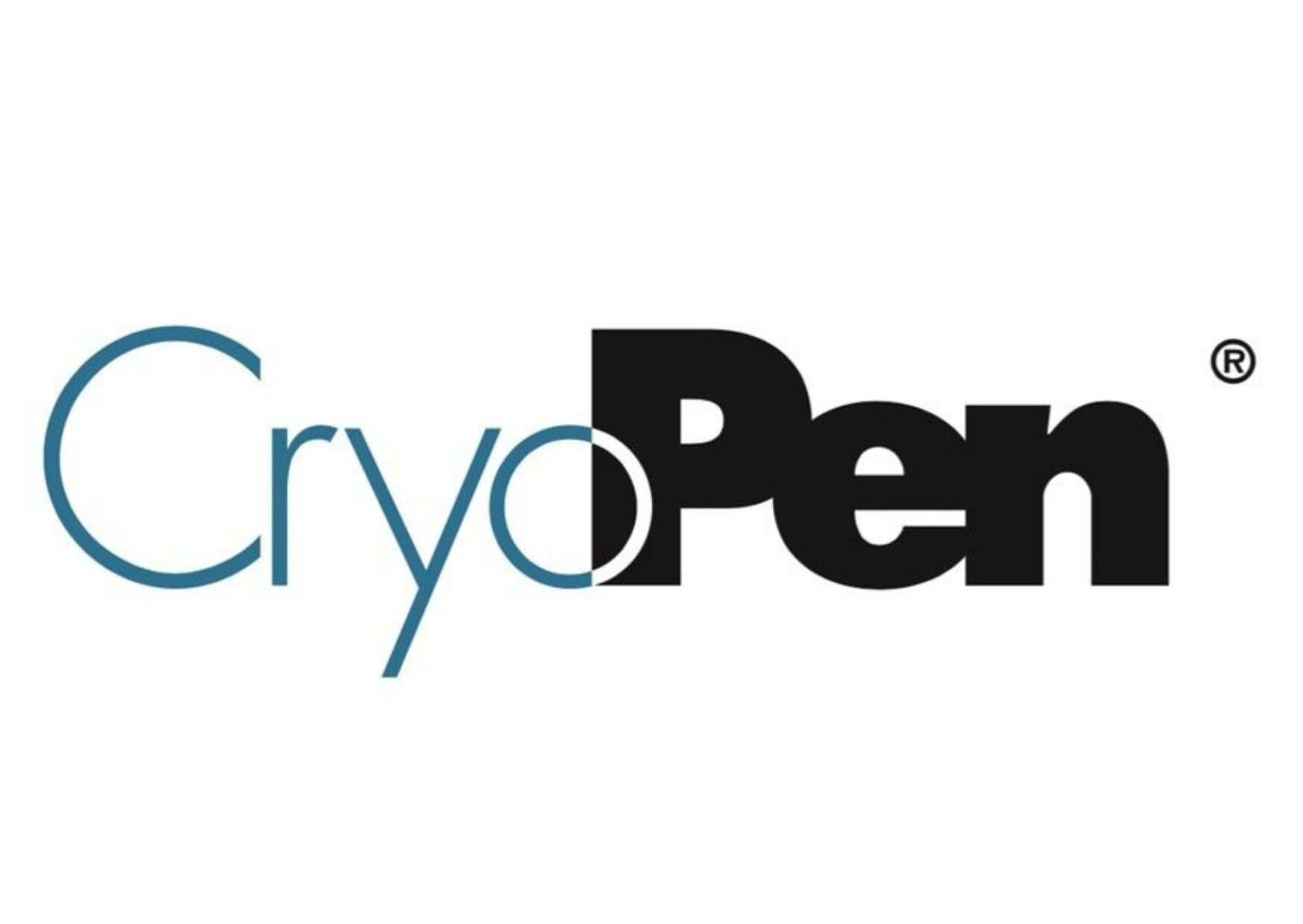

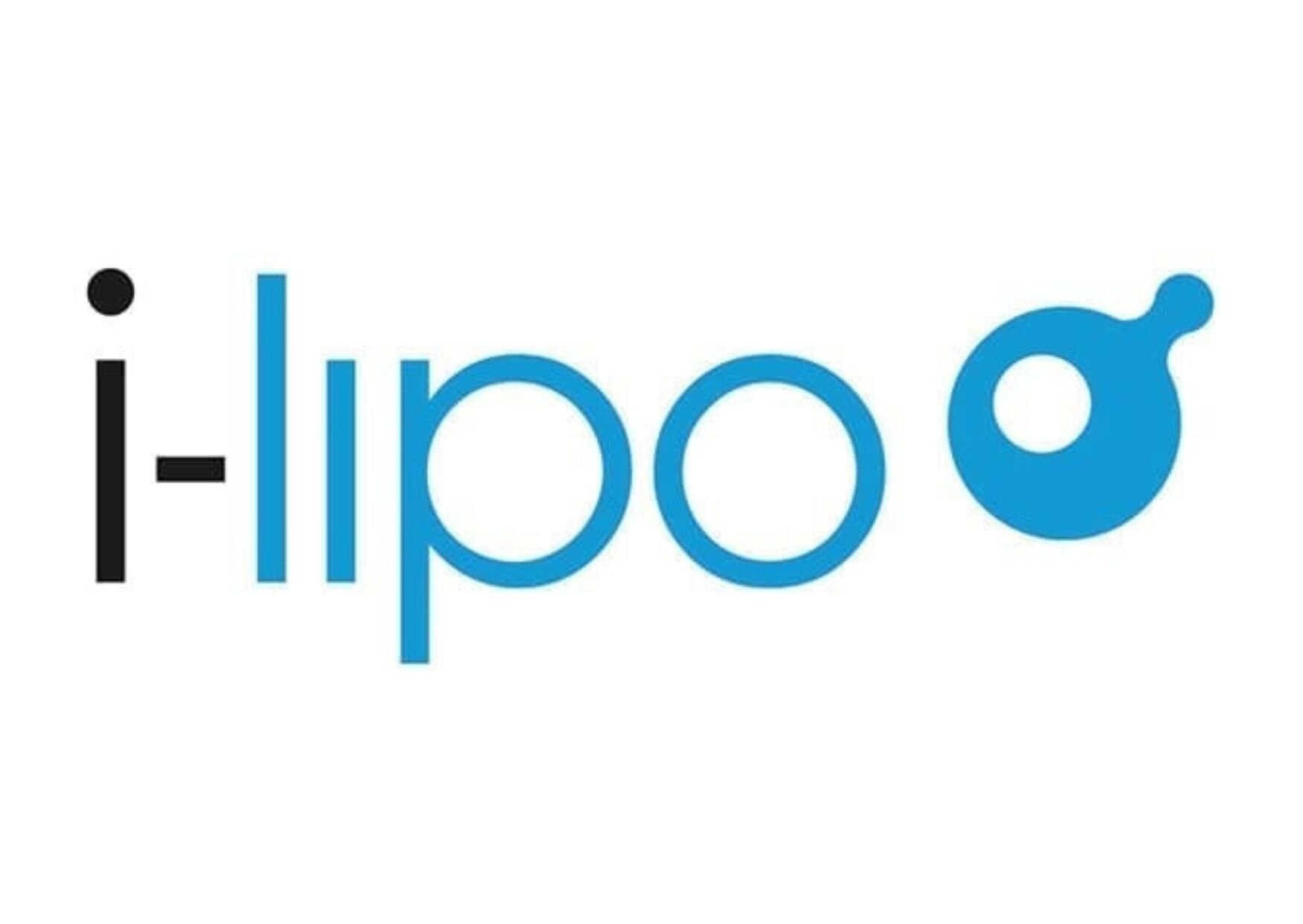

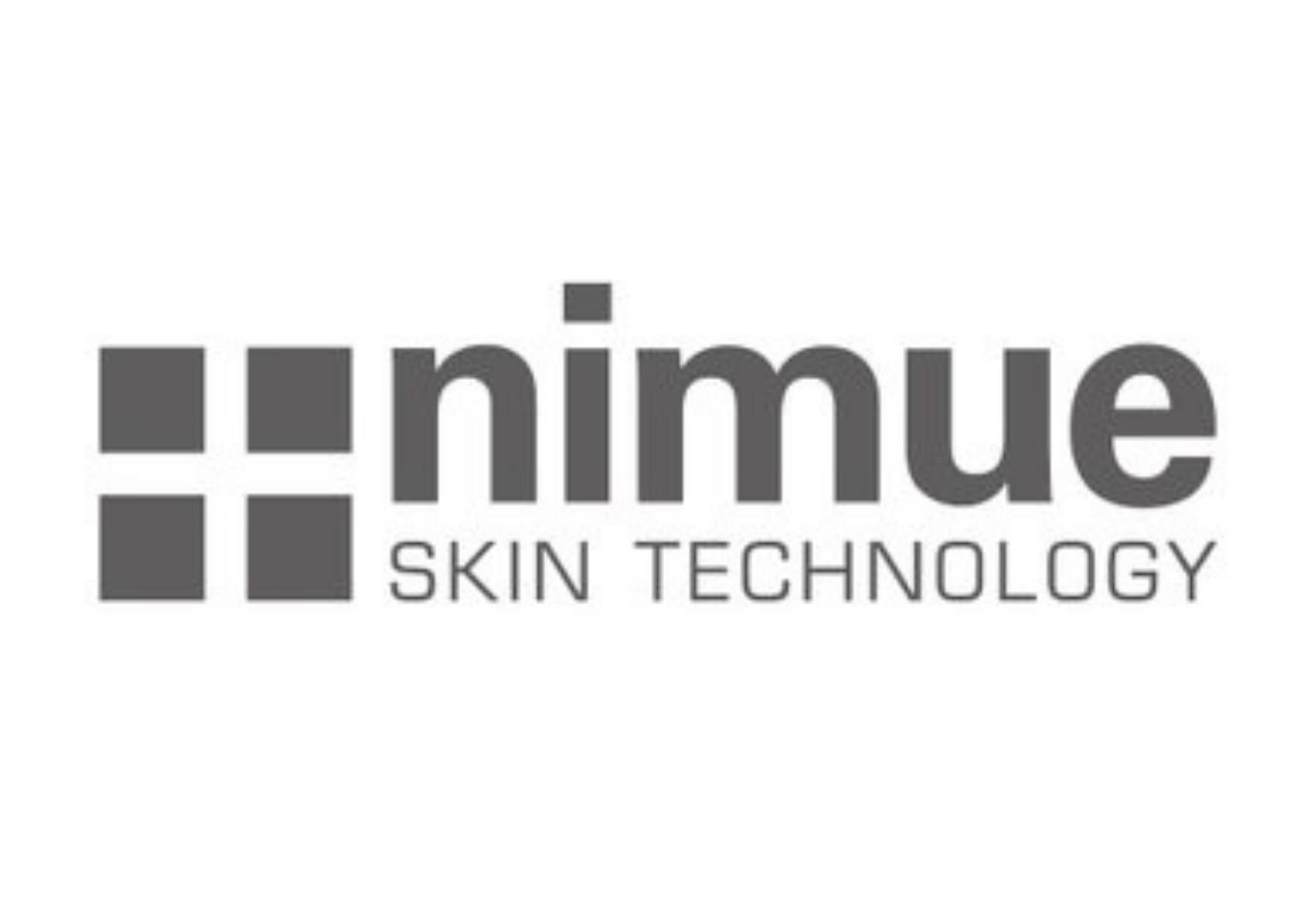
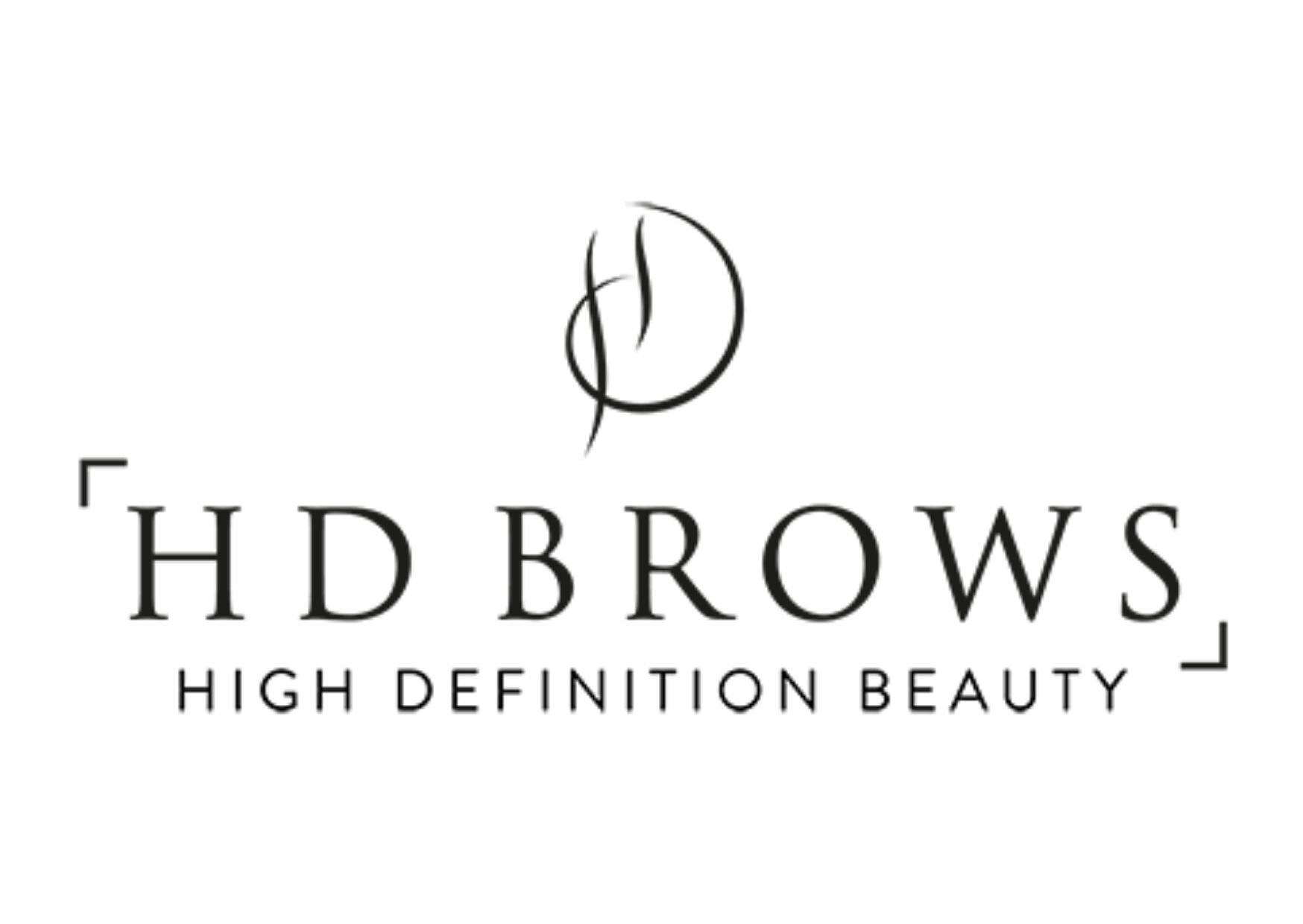



Book Your Pigmentation Consultation in Swansea
Ready to take control of your skin’s appearance?
Book your free pigmentation consultation at 1192 Clinic today and get expert, personalised advice on which treatment will work best for your skin.


